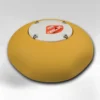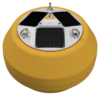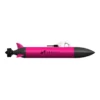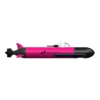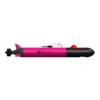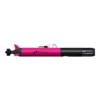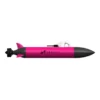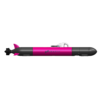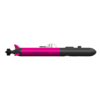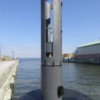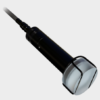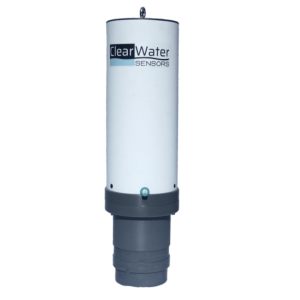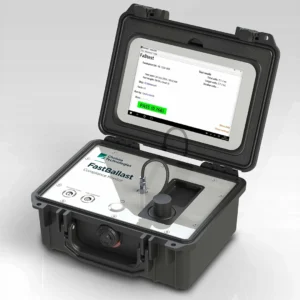From acidification monitoring in the ocean and water quality monitoring in remote lakes, to recirculating aquaculture systems and hydroponic vertical grow farms, this innovative and affordable sensor can help you to become more effective and efficient with your time and budget!
ANB pH Sensors do not suffer from reference electrode drift during their entire deployment, are mechanically robust, and require minimal user intervention.
This calibration-free technology uses unique algorithms to provide the end user with real-time health and performance information.
Depth options include:
- 0-5m
- 0-50m
- 0-300m
- 0-1250m
- OEM integration solutions available – please inquire
Key Benefits of our Solid State pH Sensor
- No calibration required
- Full salinity range
- Temperature sensor
- Solid-state & robust sensor
- Auto-start monitoring
- Real-time feedback
- Easy storage – can be stored wet or dry
- Easy to use
- Measurement frequency 10 seconds
Accessories
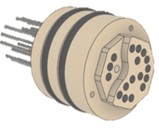
Transducer – Spare to swap on pH Sensor

Flow Cap for flow through applications

Battery cannister plus charger ( Batteries not included rated to 100m)
Applications
Ideal as a standalone sensor, for ROV and AUV integration or as part of a multi-sensor array and data logger system:
- Monitoring Ocean Acidification
- Environmental impact monitoring on coral,phytoplankton and shellfish
- Aquaculture
- Rumen bolus monitoring in Dairy farming
- Horticulture/Agriculture
FAQs
1. How do traditional pH Sensors work?
Currently, traditional current potentiometric pH sensors measure the voltage between two electrodes – a glass electrode and a reference electrode. These are often combined forming a standard combination pH sensor.
When the glass electrode and the reference electrode are placed in the test solution, an electrical circuit is completed, in which there is a potential difference created, amplified and detected by the voltmeter.
These glass pH electrodes need to be frequently calibrated to overcome the reference signal drift.
2. Can you reduce the frequency of calibrations?
Yes! ANB Sensors have developed a novel technology looking at a solution to this problem from a completely new angle. Developing ways to delay reference electrode drift, or in some cases predicting it. It can’t be stopped entirely as it is intrinsic to the sensor. So instead, a novel way was developed to track the drift, thereby allowing the sensor to self-calibrate.
It works by placing a second electrode into the reference chamber, alongside the reference electrode. This reference tracking electrode periodically measures for any drift in the reference electrode and then automatically compensates for this in the pH measurement.
3. What are the advantages of not having to calibrate?
Without having to manually calibrate, many more sensors can be deployed and entire water networks can be monitored. This is of particular relevance with the increase in regulations. As the accuracy of the measurement over time is no longer an issue, the sensors can be meaningfully networked into the IoT with complete confidence in the pH readings gathered. There will be no down time of the sensor – the erroneous measurements taken when the sensor has lost accuracy and is waiting to be recalibrated will be a thing of the past. Along with the labour cost saving for the engineer who currently goes out to calibrate the sensors, there is also the environmental impact of travel, logistics and calibration standards that will be avoided.
Resources
Ocean acidification is forecast to cost the global economy around $1 trillion annually by 2100[1] through negative impacts on ecosystem services. Coral reefs provide a global economic value of $30 billion per year and the loss of them through ocean acidification is projected to cost tens of billions of dollars annually (or 0.18% of global GDP) by 2100.[2]
[1]
https://www.scientificamerican.com/article/oceans-could-lose-1-trillion-in-value-due-to-acidification/
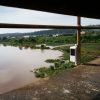 Power and Telemetry Module (PTM)
$1,395.00
Power and Telemetry Module (PTM)
$1,395.00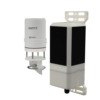 Weather Station
$4,550.00
Weather Station
$4,550.00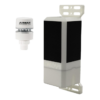 Offshore Weather Station
$4,550.00
Offshore Weather Station
$4,550.00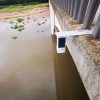 Level Gauge
$3,165.00
Level Gauge
$3,165.00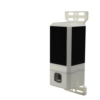 Time-Lapse Camera
$1,335.00
Time-Lapse Camera
$1,335.00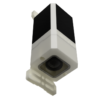 HQ Time-Lapse Camera
$2,450.00
HQ Time-Lapse Camera
$2,450.00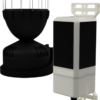 Rain Gauge
$1,550.00
Rain Gauge
$1,550.00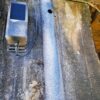 CT Station
$3,100.00
CT Station
$3,100.00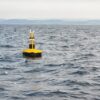 Wave Module
$3,055.00
Wave Module
$3,055.00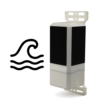 Radar Wave Gauge
$3,600.00
Radar Wave Gauge
$3,600.00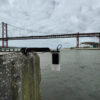 Pressure Wave Gauge
$3,055.00
Pressure Wave Gauge
$3,055.00 Global Sim Card
$150.00
Global Sim Card
$150.00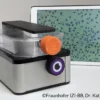 Cell Imager Microscope
$3,275.00
Cell Imager Microscope
$3,275.00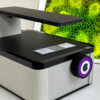 Compact Cell Imager with Fluorescence
$8,000.00
Compact Cell Imager with Fluorescence
$8,000.00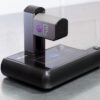 Portable Fluorescence Microscope
$3,150.00
Portable Fluorescence Microscope
$3,150.00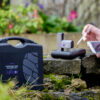 ioLight Microscope Case
$130.00
ioLight Microscope Case
$130.00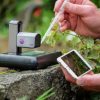 Digital Field Microscope
$1,300.00 – $1,400.00
Digital Field Microscope
$1,300.00 – $1,400.00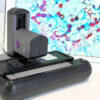 Digital Field Microscope with XY Stage
$1,830.00 – $1,900.00
Digital Field Microscope with XY Stage
$1,830.00 – $1,900.00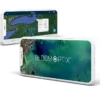 BloomOptix AI Starter Kit
BloomOptix AI Starter Kit



